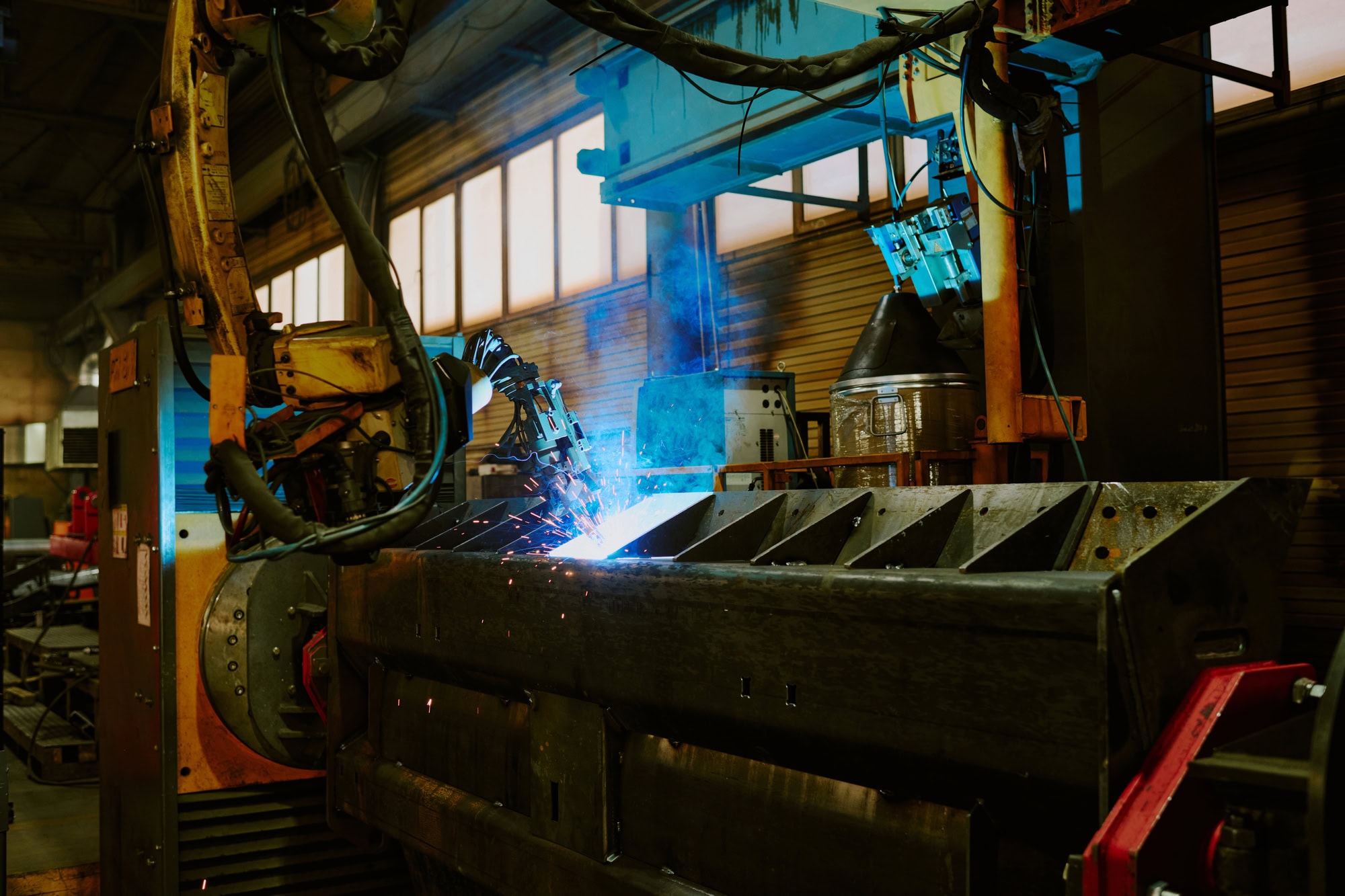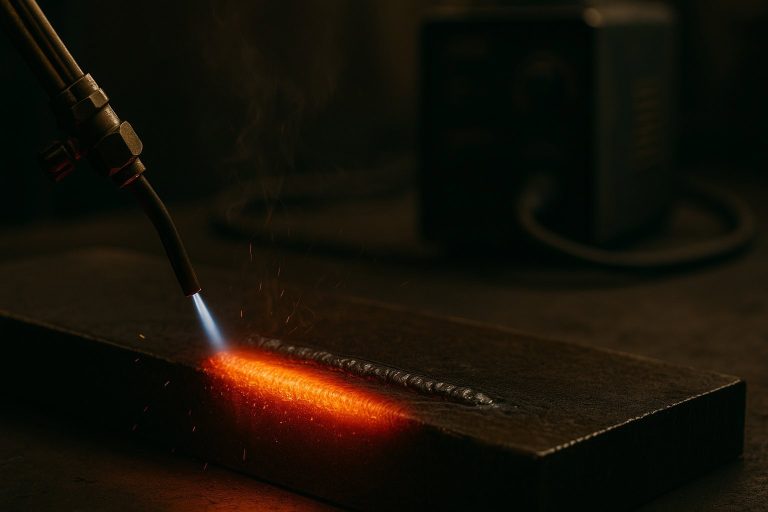Recent Trends in Welding Technology – What to Expect In 2021 and Beyond
December 7, 2020

The craft of welding has withstood the test of time but that doesn’t mean innovation has stopped within the field. There are always going to be new ways to join metals – and in this guide from Vern Lewis Welding Supply, we’ll look at some recent trends in welding technology, and what they may bring in the future. Let’s get started.
1. Improvements in Laser Welding Technology
Laser welding is one of the newest and most unique types of welding in the industry. This type of welding uses an extremely high-powered laser light to instantly melt metals and weld them together. According to an article from Canadian Metalworking, laser welders in lab settings have been able to develop power exceeding 100 kW, which can instantly weld together 50 mm of steel in a single pass.
However, laser welding still faces some major issues when it comes to welding thick metals. Below 20 kW, lasers can penetrate about 1mm of metal per kilowatt – but after 20 kW, losses in energy efficiency decrease this to about 0.5mm of metal per kilowatt.
While laser welding is sure to be used even more in automated welding, particularly in industries like car manufacturing, these limitations mean it may have to be used alongside other methods of welding when welding very thick, dense metals. Still, research is ongoing and further breakthroughs can and will occur, so laser welding is sure to be a hot topic for years to come
2. Enhanced Emphasis on Robotic and Automated Welding
The first-ever robot in the world was an automatic welder used at General Motors in 1962 – so while this technology isn’t exactly “new,” it’s still continuing to grow in importance, particularly as AI and a lower cost of computing make automated welding even more cost-effective.
In fact, according to the International Federation of Robotics, there were over 2 million operational industrial robots as of the end of 2017 – and by 2021, this number is estimated to approach 3.8 million, which is nearly an 80% overall growth rate.
The overall value of the robotic welding market worldwide is estimated to reach $5.95 billion by 2023, at an 8.91% CAGR (Compound Annual Growth Rate). The largest markets anticipated to grow include the Asia Pacific region, with countries like China, India, South Korea, and Japan increasing investments in robotics.
3. Advanced Protection Technology for Workers
Welding technology should never leave workers behind – and in the past few years, more information has been uncovered about the health hazards that face welders and workers who may breathe harmful levels of welding gases and fumes.
An IARC (International Agency for Research on Cancer) report in 2017 categorized UV radiation from welding and welding fumes as “Group 1 Carcinogens,” meaning they have been shown to cause cancer in humans.
Many companies that manufacture welding PPE are taking steps to create more advanced protective gear that can filter out fumes as well as extremely light, ultra-fine dust particles that can be created when welding, and may pass through most filters.
By using advanced filters and positive pressure respirators, welding supply companies can create PPE that will allow welders to avoid common carcinogens and safety issues – and continue to weld for years to come.
4. Virtual Reality for R&D and Welder Training
Virtual Reality (VR) uses a headset to immerse a viewer in a digital world, and it’s primarily associated with video games – but it could be used in a lot of industries, including welding, shipbuilding, and the construction of skyscrapers.
With VR, designers can quickly model virtual prototypes and examine them in a more physical way – streamlining the iteration and prototyping process. In turn, this may help speed up project construction dramatically.
VR may also be used for training, such as workplace safety training, or even when instructing novice welders in trade schools about the basics of welding. While nothing beats hands-on welding experience, VR provides students and welders with a new way to see the world – and could be very valuable for various training purposes. At Vern Lewis Welding Supply, we utilize this technology and offer VR based welding training.
Keep an Eye on These Welding Technology Trends – Now and in the Future!
We hope you’ve enjoyed this article. Make sure to be on the lookout for how these technologies may change welding in the future. If you have any questions about welding, contact our team and we will be glad to help.
Join Our Newsletter
Sign up for our newsletter to receive specials offers, product updates, and more!




